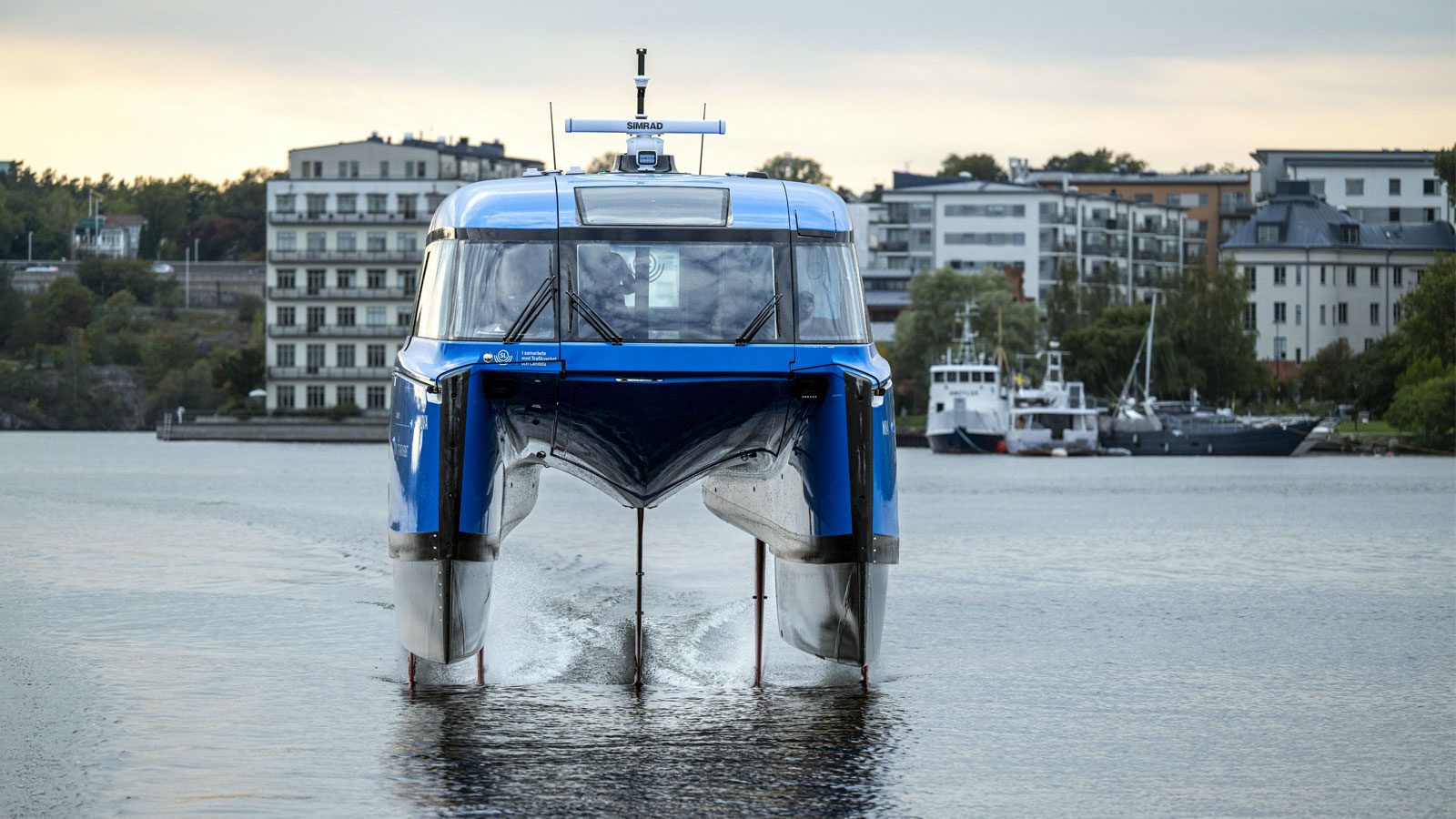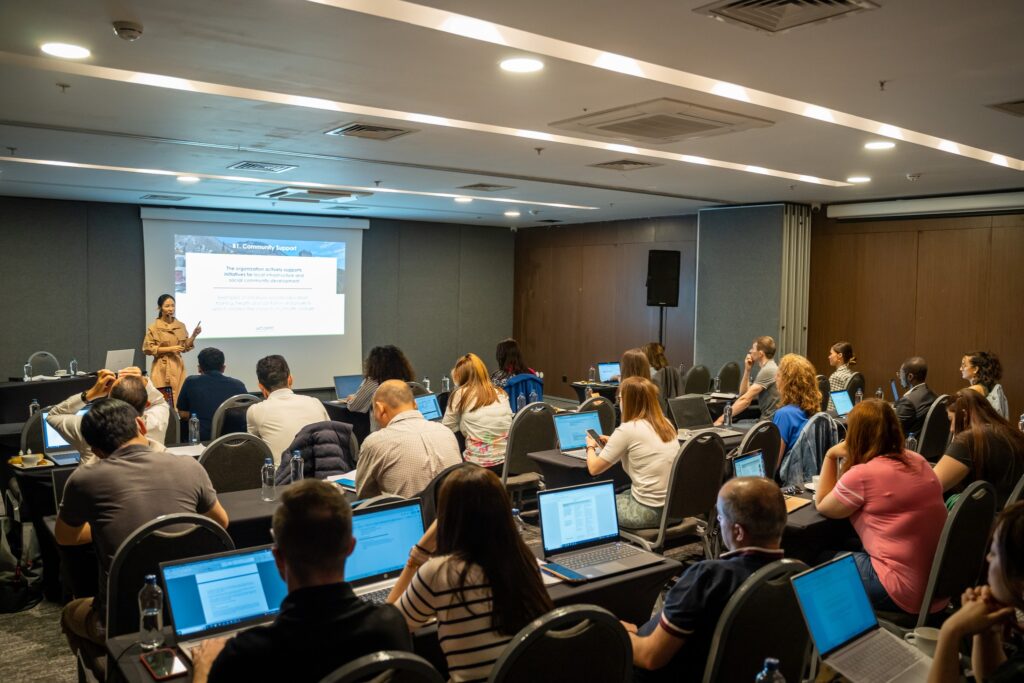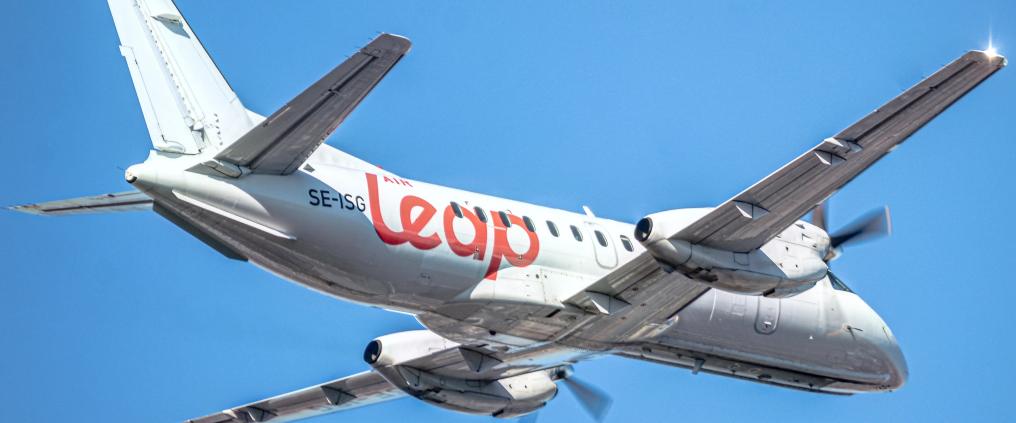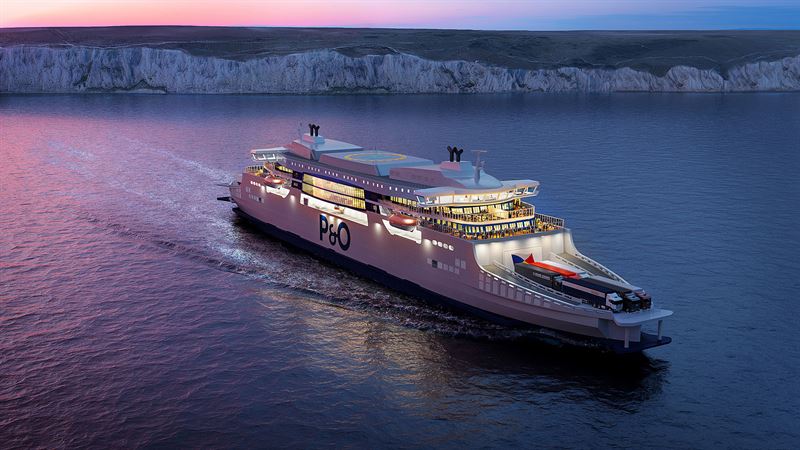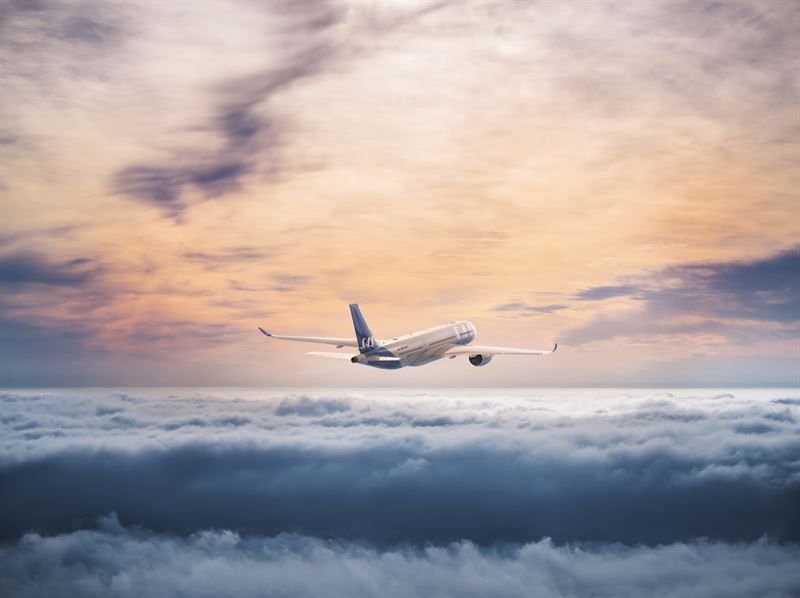Candela P-12, the world’s first electric hydrofoil passenger ferry, is changing the way people move through Stockholm—quietly, quickly, and with a dramatic drop in environmental impact. After its successful pilot phase in the city’s public transport system during the autumn, the high-speed ferry is back in service following the winter ice break—and it’s already making waves.
Named Nova, the Candela P-12 ferry reduces carbon dioxide emissions by an impressive 95% compared to traditional diesel-powered vessels like Lux and Sunnan, which operate on the same route. It also uses 84% less energy per passenger-kilometer. That’s a game-changer for sustainable transport in a city built on waterways.
What sets Nova apart is its innovative hydrofoil technology. Instead of pushing through the water, the ferry rises above it on wing-like foils, reducing drag and allowing higher speeds. With a cruising speed of 25 knots, it’s not only the fastest electric ship in the world—it’s also faster than Stockholm’s fastest diesel ferries.
Travelers are noticing the difference. The trip between Tappström and Stockholm City Hall, which takes around an hour by car or bus, is now a 30-minute smooth ride with Nova. And that speed isn’t the only thing drawing attention.
Most of Nova’s departures have been fully booked, often with lines forming well before departure. New ridership data shows a 30% increase in passengers along the route since Nova was introduced. In response, Region Stockholm plans to increase the ferry’s operation from five days a week to daily service by May.
The vessel also fits perfectly into sensitive ecosystems and urban waterways, thanks to its low wake signature. Traditional ferries often cause disruptive waves, leading to speed limits in many areas. But Nova can travel faster without harming the environment around it.
Gustav Hasselskog, CEO and Founder of Candela, says the ferry’s performance in Stockholm proves the technology is ready for widespread use. “This is the third generation of our foiling technology,” he explains, highlighting that Candela has already produced over 100 leisure vessels and is now scaling up production to meet global demand.
That demand is real. Customers from Saudi Arabia, New Zealand, and the USA have already ordered the P-12, seeing the potential of clean, efficient water transport in their own cities.
Stockholm is showing the world that public transport doesn’t have to be slow or polluting. With the Candela P-12 leading the charge, the future of urban water travel may very well be flying just above the surface.


